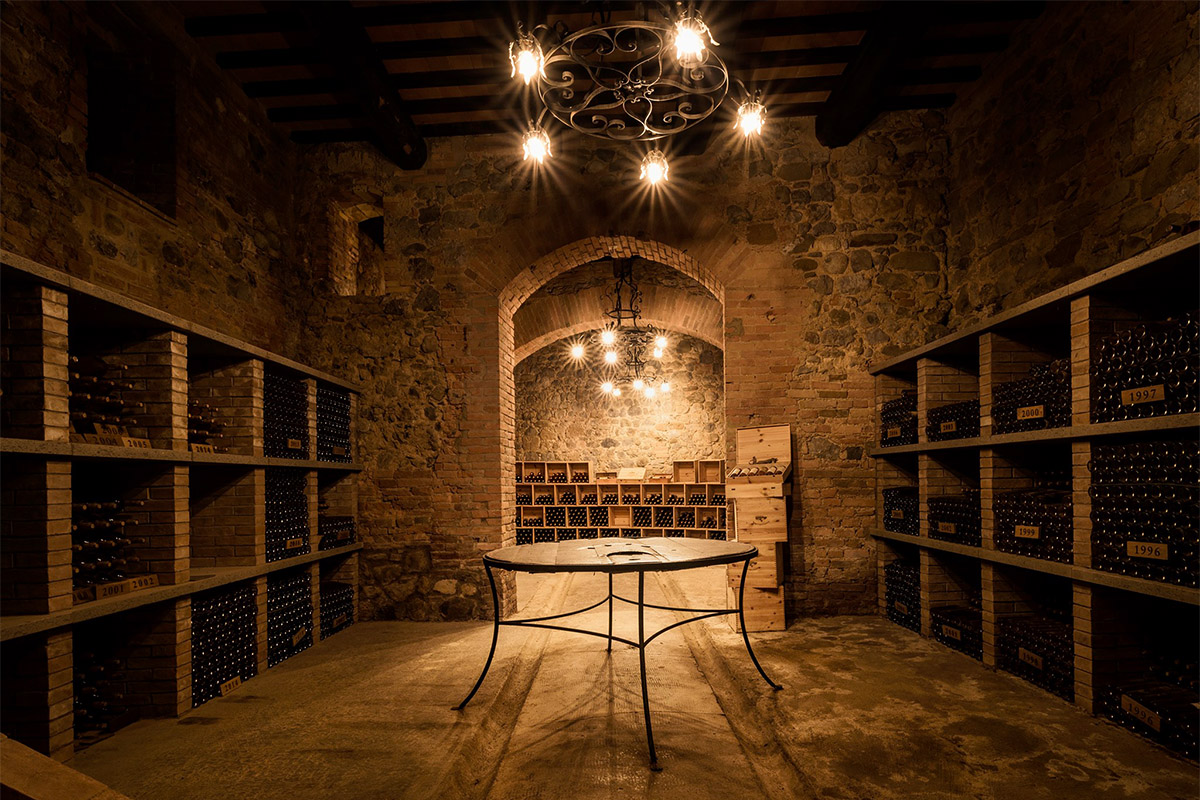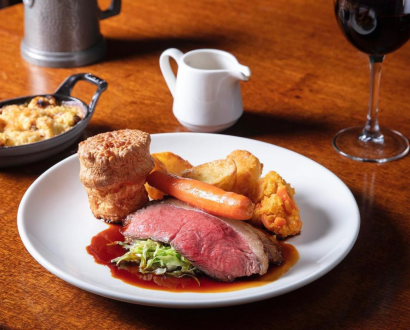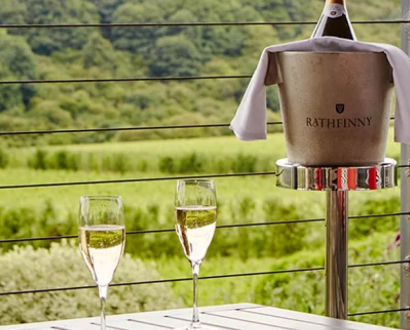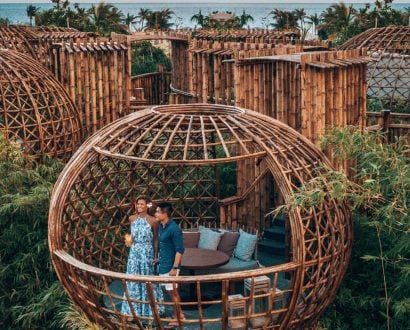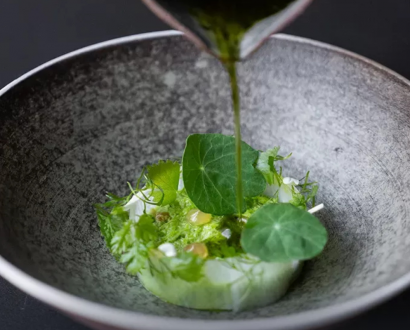This year’s ceremony celebrating the World’s Best Vineyards Top 50 Vineyards around the globe saw 10 new destinations making it onto the list with 16 countries in total represented, reflecting the diversity in both emerging and well-established vineyards. The voters, comprising nearly 600 sommeliers, wine journalists, travel experts and wine tourism experts from around the world considered their overall experience that is revisited in the top eight destinations.
“Wine tourism is hugely important to the global economy and local economies, creating jobs directly at the wineries but also encouraging visitors to the area and the associated revenue which that generates,” says Andrew Reed, Managing Director Events and Exhibitions at William Reed.
Zuccardi Valle de Uco, Argentina
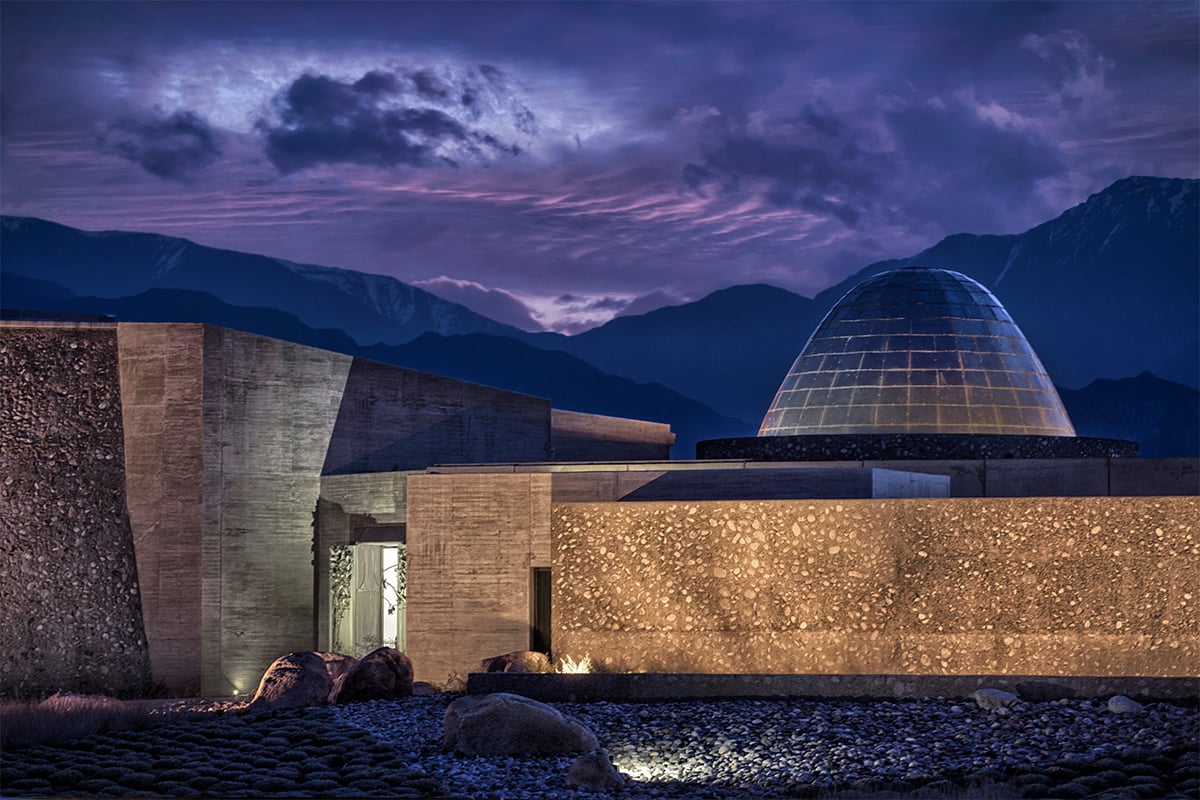
Located in the Uco Valley at the foot of the Andes, the cold, dry climate and varied temperatures provide the ideal conditions to cultivate and house wine within a captivating stone structure that mirrors the surrounding landscape, crafted from locally sourced materials. Sebastian Zuccardi, third generation of the family, embarked on vigorous study of the entire production process culminating in wines that express the region’s multiple soil types, micoclimates and altitudes with precision. He also pushed the vineyards further towards the Andes – a move that resulted in ever purer wines. Guests can become acquainted with the diverse terroirs and enjoy tastings that are bound to make you rethink Argentinian grapes and eager to try a four-course lunch at the onsite restaurant, Piedra Infinita Cocina, against a stunning Andean landscape backdrop.
Bodegas de los Herederos del Marqués de Riscal, Spain

The spectacular Hotel Marqués de Riscal designed by Frank O Gehry is undoubtedly the highlight of a visit to Marqués de Riscal City of Wine that is best expressed in the words of the architect himself, “A marvelous creature, with hair flying in all directions, that throws itself over the vineyards”. In addition to Michelin-starred fine dining with local dishes, views of the vineyards of Rioja and the Basque Country are a rare encounter. For a journey back in time, the original 1860 built winery is home to the oldest wine bottles and the Bordeaux-style extensions where the family’s wines are now produced. Of course, the experience is only complete with a stroll through the nearby medieval town of Elciego.
Château Margaux, France
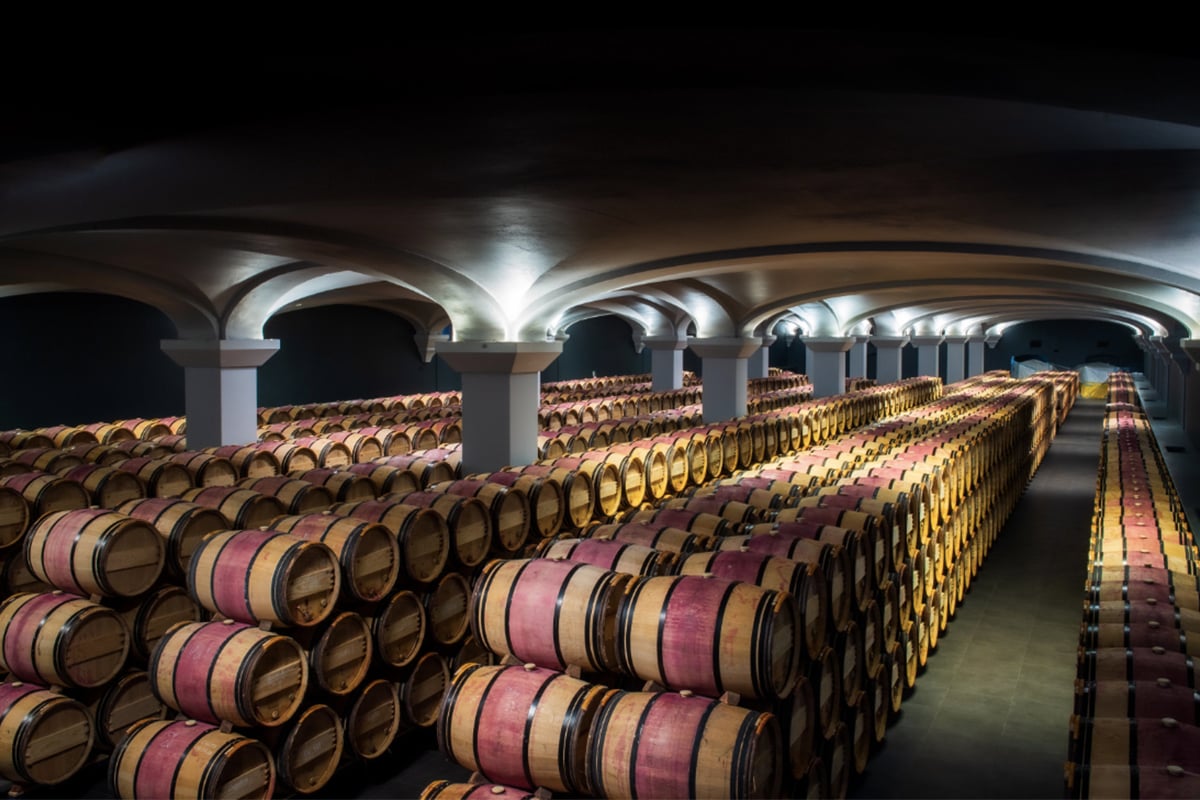
This centuries old winery – referred to as ‘the Versailles of the Médoc’ – is home to one of the greatest wines in the world that owes its unique qualities to the Margaux soils, which produce subtle and delicate flavours. Despite its long and rich history, its current owner, Corinne Mentzelopoulos, has modernised the Château Margaux through introducing organic and biodynamic farming and other initiatives that complement the legacy of the various individuals who served it over five centuries. The estate with its air of grandiosity includes a winery, farm and vineyards.
Bodega Garzón, Uruguay
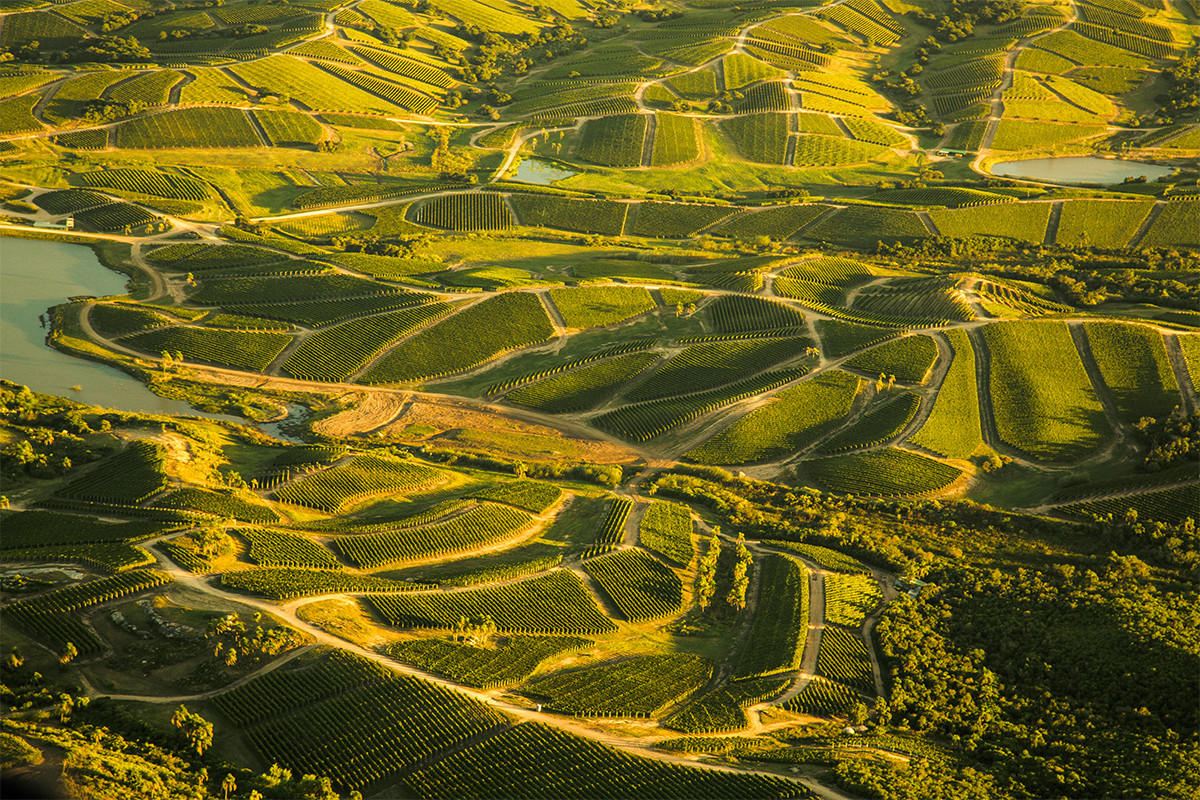
Close to the Uruguayan Atlantic coast and 160 metres above sea level, the winery benefits from a combination of the pleasant sea breeze that disperses itself among the vines as well as the ancient granitic soils. With over 1,000 plots, each with its own microclimate, biodiversity, humidity levels and sun exposure, translating this through the wines is of the utmost importance where Italian oenologist Alberto Antonini ensures that these subtle differences in the grapes are revealed through careful handling. From hot air ballooning and hiking to enjoying a feast prepared by Patagonian chef, Francis Mallmann, Bodega Garzón’s rich biodiversity is there for visitors to explore.
Viña Montes, Chile

Founded by four friends with a shared vision to elevate the quality of Chilean wine that was available in 1980s, Montes wines are now sold in more than 100 countries and are characterised by their consistency and excellence, not to mention the mystical labels that hint at the winery’s focus on both sustainability and feng shui design, which is integrated into the architecture and surrounding features. A guided tour entails a walk through the cellars where you’ll find 800 oak barrels and Gregorian chanting to ensure optimal conditions for ageing. Montes’s vineyards are spread across different locations, resulting in white, rose, red and sparkling wines that range in style.
Antinori nel Chianti Classico (Marchesi Antinori), Italy
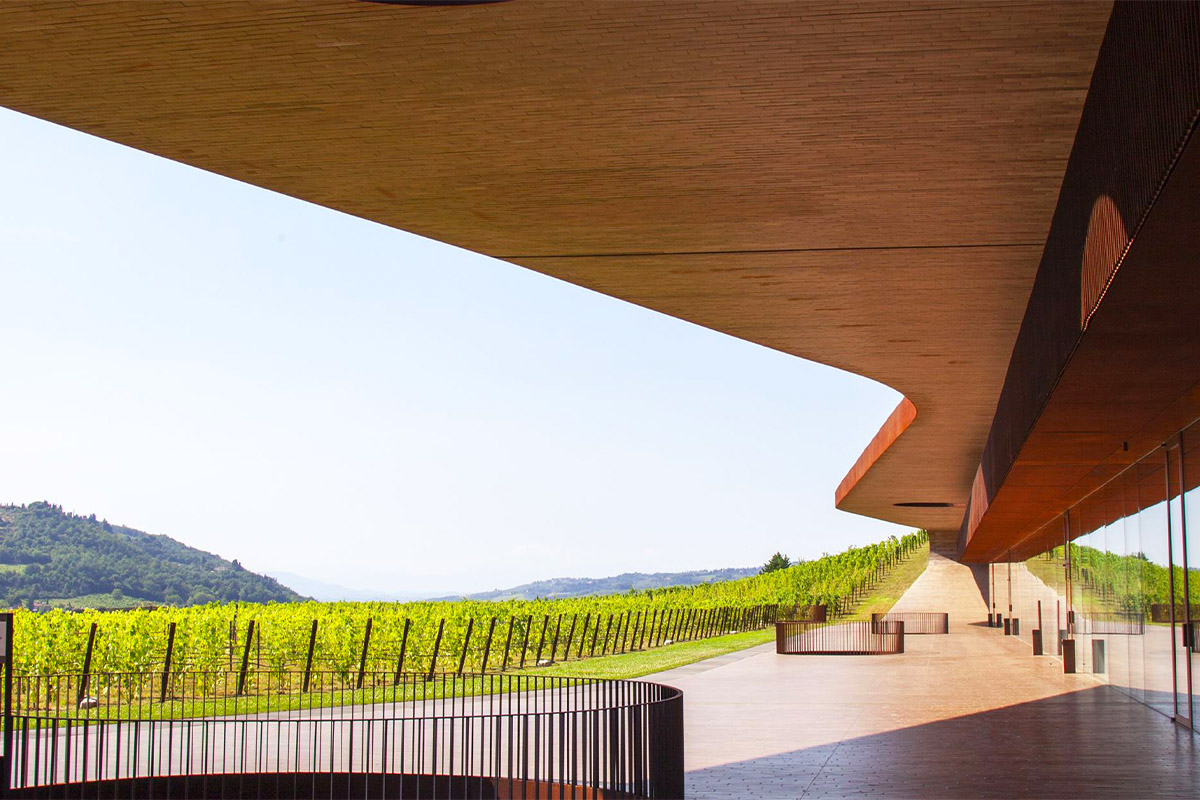
Winemakers since 1385, The Antinori family has perfected the art of marrying tradition and expertise with modern winemaking over 26 generations. Set in the heart of Tuscany, the headquarters are a testimony to the family’s patience in the pursuit of excellence and innovation with an impressive contemporary, eco-friendly structure constructed over seven years. A visit to the winery is a cultural invitation to experience Tuscany – its art, food, history and, more importantly, wine with local varieties like canaiolo, ciliegiolo, colorino included. Of the family’s nine estates, Tenuta Tignanello has captured the hearts of numerous internationally recognised figures, including Barack Obama.
Catena Zapata, Argentina
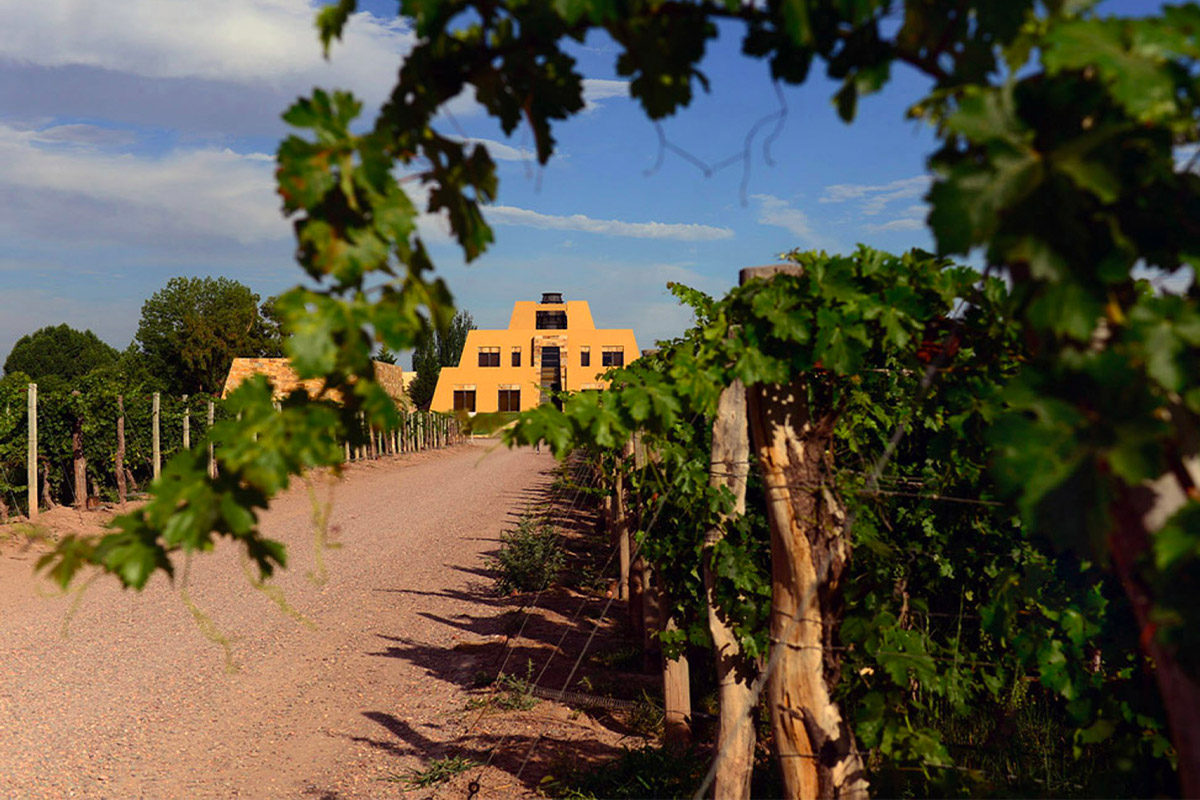
Since planting his first malbec vineyard in Mendoza in 1902, Nicola Catena established roots for what has become the centre of viticultural study. His grandson and a celebrated winemaker, Nicolás, alongside his daughter Laura, who manages the estate, are dedicated to seeing Argentinian wines prosper. Venturing into extreme high altitudes, Nicolás’s bold decision has resulted in light, floral wines with Argentinian malbec joined by cabernet sauvignon, chardonnay and indigenous grape varieties. As a visitor, you can take your pick from three different tours, which should include an introduction to the wines via the most striking of features; the Mayan-inspired temple. The remaining tours offer insights into the work undertaken at the Catena Institute or a rare visit to one the nation’s most renowned vineyards.
Viña VIK, Chile
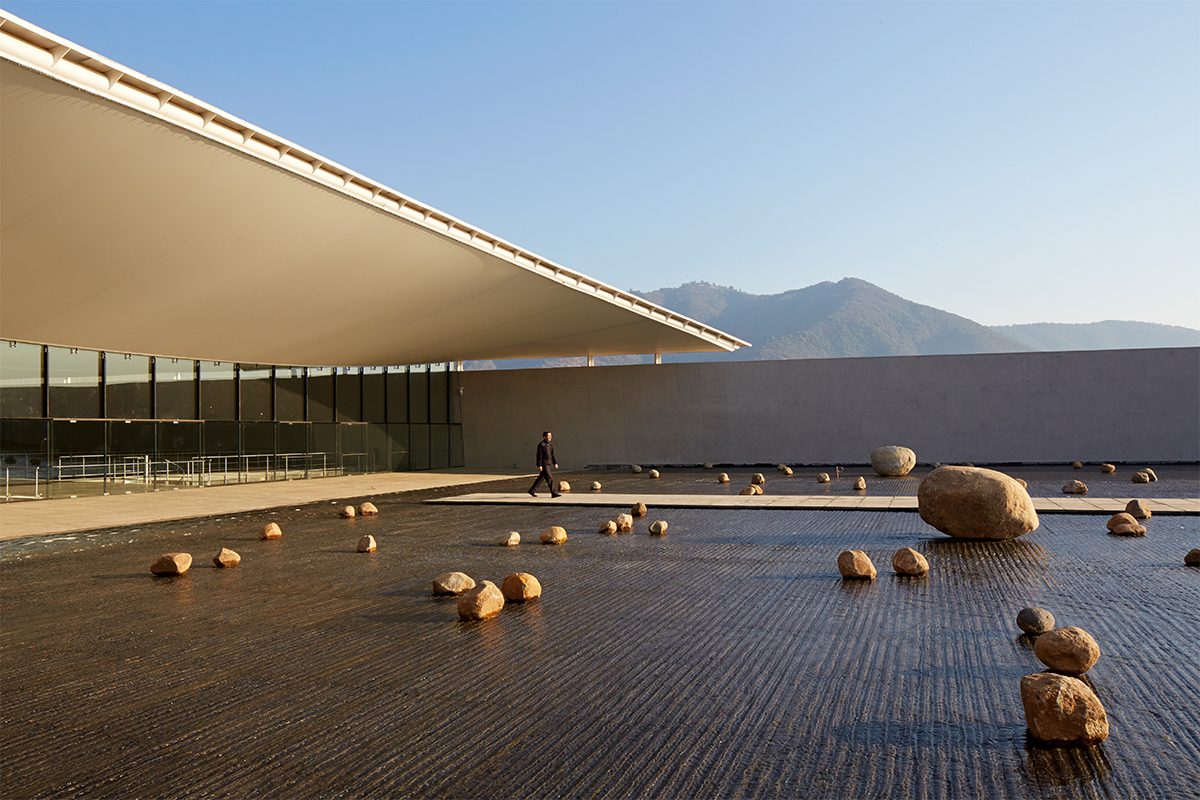
Located at the foothills of the Andes mountains, VIK is underpinned by sustainable principles and science to produce high-quality red blends and rose wine that is harvested at night for optimal purity. Highlights include the wilderness retreat – with its reflective sculptural roof that brings water ripples to mind – a contemporary art collection and surprisingly a spa where guests can bathe in wine. For day visitors farm-to-table dining, foraging and of course vineyard tours are a must. With its reputation for being an advanced and holistic winery, it redefines the wine tour experience and captures the unique contribution of a Norwegian businessman to the Chilean wine industry.
Read Next: Skincare to opulent delicacy: your ultimate guide to caviar

